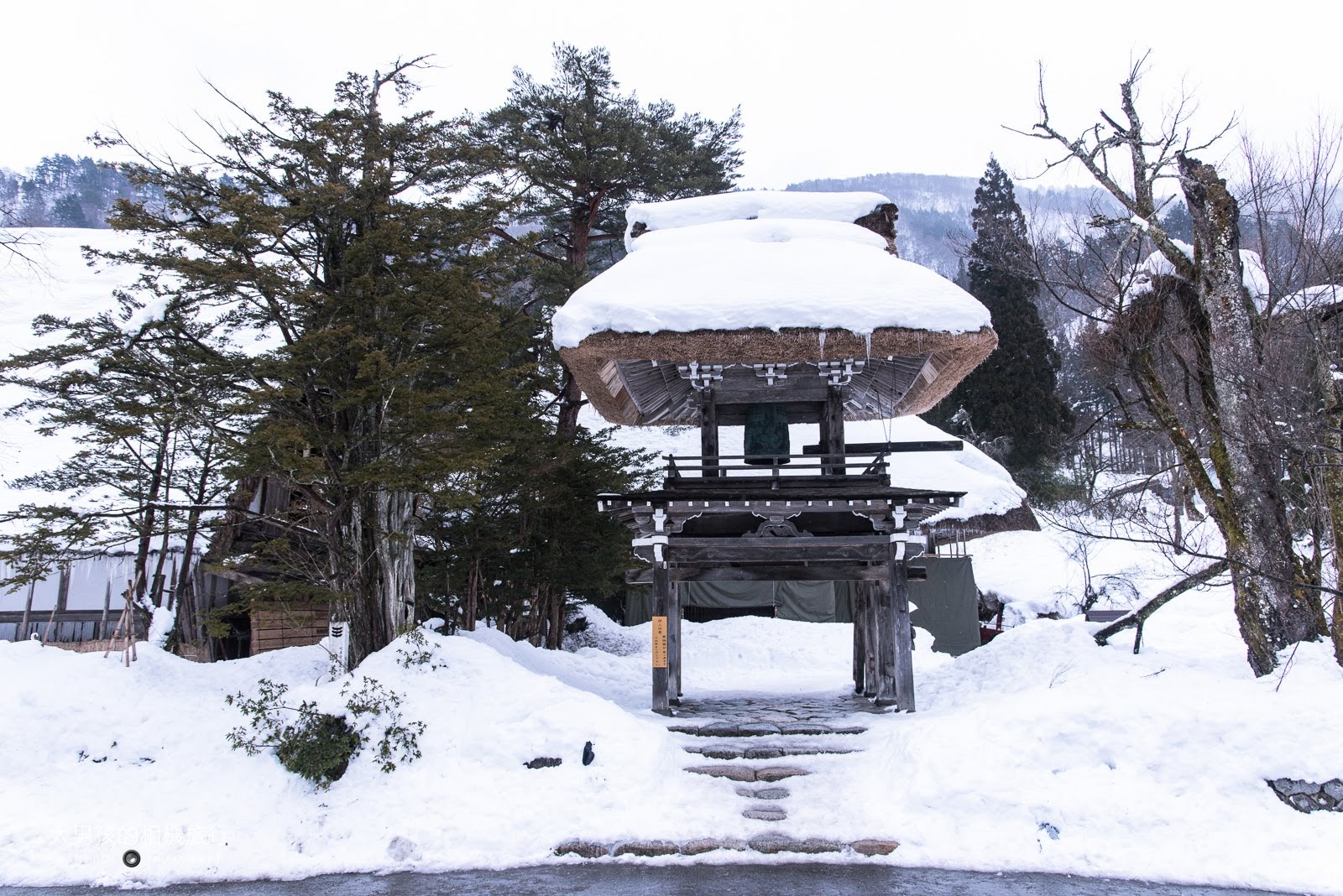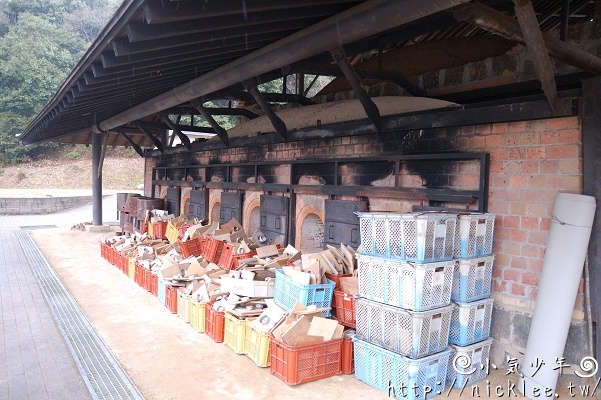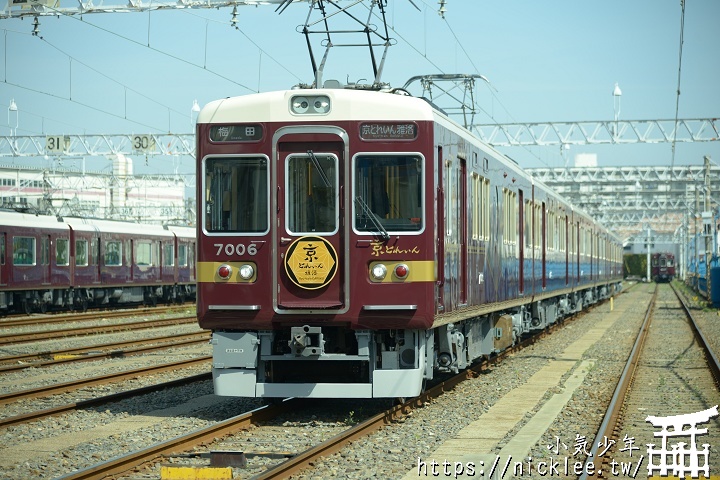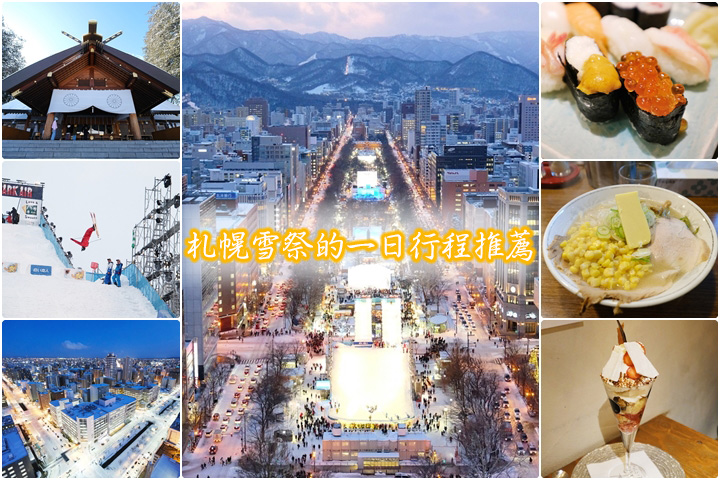Summary
During this year’s holiday, I took advantage of the vacation time and traveled from Kansai to Hokuriku for a total of eight days. The itinerary included many places such as the night view of Abeno Harukas in Osaka, Kifune Shrine in Kyoto, Kinkaku-ji Temple, Nagoya Castle, Hida Takayama region, Kamikochi Ropeway, illuminated Gassho Village, Kanazawa Castle, and Kenroku-en Garden at night. It was a fulfilling holiday! It was my first time traveling abroad during the Chinese New Year, but I had already bought the plane tickets a year in advance. I am grateful for my friend’s itinerary arrangement, which allowed me to travel without much hassle. I also want to thank the heavens for silently helping us, so that our trip was almost flawless. Because we visited many places this time, we arranged our itinerary in a way that we entered from point A and exited from point B, traveling from Osaka all the way to the Hokuriku region, and finally returning to Taiwan from Komatsu Airport.
▋Itinerary Overview
Day 1
Taoyuan International Airport → EVA Air BR178 → Kansai International Airport in Osaka, Japan → Flight Shrine → Kiyomizu Hachimangu Shrine → Abeno Observatory → Ichiran Ramen in Dotonbori.
Day 2
Osaka → Kyoto Station Meidai Pork Cutlet → Fushimi Inari Taisha Shrine → Kurama Temple → Kifune Shrine
Day 3
Kiyomizu-dera Temple → Kamigamo Shrine → Pontocho → Dinner at Rokudenya
Day 4
Kinkaku-ji Temple → Take the Shinkansen to Nagoya → Atsuta Shrine → Nagoya Castle → Take the Nohi Bus to Takayama → Night photography in Sanmachi-dori, Takayama
Day 5
Takayama Miyagawa Morning Market → Shinhotaka → Shinhotaka Ropeway → Fukuji Onsen Inn
Day 6
Fukuji Onsen → Hida Takayama Kokubunji Temple → Sanmachi-dori → Takayama Jinya → Passing through Toyama → Illuminated Kenroku-en Garden in Kanazawa → Night photography in Kanazawa Castle
Related articles:
- [Japan] One-day trip to Takayama | Exploring the sights of Hida Takayama
- [Japan] One-day trip to Kanazawa | Self-guided itinerary in Kanazawa
Day 7
Illuminated Gassho Village (Three Houses, Myoshinji Temple, Kanda House, Observatory Illumination)
Day 8
Higashi Chaya District in Kanazawa → Omicho Market → Komatsu Airport → EVA Air BR157 → Taoyuan International Airport
▋Tickets Used
Except for the day we rented a car for Gassho Village, we mostly used transportation passes for the other days.
KTP (Kansai Thru Pass)
For the first three days, we used the KTP (Kansai Thru Pass) three-day pass, which covered almost all the places we visited in Osaka and Kyoto except for JR trains. However, starting from next year (2018), there will be some places that no longer accept the KTP. For more details, please refer to the official website. You can purchase the pass in advance through a travel agency in Taiwan or buy it locally in Japan.
Shoryudo Bus Pass
In the Hokuriku region, we used the Shoryudo Bus Pass, which allows unlimited rides on designated buses in the Hokuriku region for five consecutive days, including Nagoya, Takayama, Kanazawa, and other areas. To purchase the pass, you need to buy it in Taiwan first and then exchange it at a designated location in Japan (it cannot be purchased in Japan). You can purchase it through KKday or Klook in Taiwan, print out the voucher upon receipt, and exchange it in Japan.
▋Equipment Used
Because we did a lot of shooting in the snow, it is recommended to use a DSLR camera that can withstand large temperature changes. Additionally, since the observation deck in Gassho Village is best photographed with a medium to long focal length, it is recommended to bring a telephoto lens.
The equipment I brought this time included:
Nikon D750
Nikon 16-35mm F4G (used for nearly 90% of the time)
Nikon 24-120mm F4G (used less than 2% of the time, can be left behind if it’s too heavy)
Nikon 70-200mm F4G (used about 2% of the time, mainly for Gassho Village)
Since there were also many night photography spots, it was necessary to bring a tripod.
Below are photos from the trip:
#1 Took EVA Air BR178, an A321-200 aircraft with Star Alliance livery. It was still dark when we boarded the plane in the early morning.

#2 After the plane passed through the low clouds, we were greeted by a sea of clouds at sunrise.

#3 Since it was my first time going directly to Osaka from Kansai, I took the Nankai Electric Railway, which can be used with the KTP.

#4 The hostel where we stayed in Dotonbori was very close to the canal. During the day, Dotonbori had a peaceful atmosphere.

#5 Although we stayed in Osaka on the first day, we took the Keihan Electric Railway to a place near Kyoto.

#6 Vending machines can be found everywhere in Japan, and during winter, there are even more hot drinks available, which is very convenient.

#7 Japan truly deserves the title of “Railway Kingdom,” as trains can be seen shuttling through the city.

#8 Flight Shrine is a shrine that many students aspiring to work in the aviation industry visit.

#9 The Menyama Cable Car to Kiyomizu Hachimangu Shrine is similar to the Eizan Cable Car, transporting cars up and down the mountain via cable.

#10 Before visiting a shrine, don’t forget to wash your hands as a sign of respect to the deities.

#11 Kiyomizu Hachimangu Shrine is one of Japan’s three major Hachimangu shrines (the other two being Tsurugaoka Hachimangu Shrine in Kamakura and Hakozaki Shrine in Fukuoka).

#12 Because it was a Monday, the Hachimangu Shrine was even more serene and solemn.

#13 From the observation deck next to Kiyomizu Hachimangu Shrine, you can overlook the city of Kyoto in the distance.

#14 As we left the Hachimangu Shrine and took the train back to Osaka, the evening sun quietly peeked out.

#15 Abeno Harukas 300 Observatory in the evening, where you can overlook the night view of Osaka from a high vantage point.

#16 Dotonbori at night is completely different from during the day. The Glico sign seems to bring the entire city to life at night.

#17 Ichiran Ramen, a must-eat in Japan. I wonder how it’s rated after opening branches in Taiwan.

#18 Even on a Monday night, there was still a long line at the Ichiran Ramen near the Dotonbori canal.

#19 After a short stay in Osaka for a day, we drove to Kyoto. Before leaving Osaka, we captured the city’s scenery one more time.

#20 We arrived in Kyoto not long after, and the scenery at the back station felt completely different from the front station.

#21 The Meidai Pork Cutlet at Kyoto Station, a rare opportunity to leisurely enjoy lunch.

#22 After lunch, the clouds in Kyoto thickened quite a bit…

#23 Fushimi Inari Taisha Shrine in the afternoon was crowded, and I didn’t feel like wandering around much.

#24 The thousand torii gates at Fushimi Inari Taisha Shrine, it’s a pity that the light and shadow were not as good without the sunlight.

#25 The Keihan Electric Railway is also a convenient transportation option for visiting Kyoto and its outskirts.

#26 Fushimi Inari Station on the Keihan Electric Railway, about a 5-minute walk from Fushimi Inari Taisha Shrine.

#27 On the way to Kurama Temple, you can still see the snow that hasn’t melted from a few days ago.

#28 The eaves and floor of Kurama Station still had remnants of snow.

#29 The main gate of Kurama Temple, but we arrived close to 4 PM, so we didn’t go in. We can visit next time.

#30 Since the shuttle bus to Kibune was already out of service, we walked to Kibune and saw children making snowmen with the remaining snow.

#31 Main hall of Kifune Shrine.

#32 Illuminated path at Kifune Shrine at night, it’s a bit of a shame that there was no snow on the lanterns on both sides.

#33 We stayed at a comfortable hostel in Kyoto for two nights, a great accommodation choice.

#34 The bus bend in front of Kyoto Station is very well-designed, so people getting on and off the bus don’t crowd together.

#35 Niomon Gate of Kiyomizu-dera Temple, there were slightly fewer visitors that day (probably due to ongoing renovations).

#36 Sanju-no-to, the three-story pagoda of Kiyomizu-dera Temple

#37 Kiyomizu Stage, when we visited, it hadn’t been renovated yet, but the best shooting angle was already surrounded by scaffolding.

#38 Sannenzaka Slope

#39 Ninen-zaka Slope

#40 Stone-paved Path, I missed this place both times I visited Kyoto, which is a shame.

#41 Gion District, my friend still missed Hanami Lane XD.

#42 Lunch was the egg fried rice at Gyoza no Ohsho… of course, we also had some gyoza!

#43 From Gion, we took a train to the faraway Kamigamo Shrine, which is also one of Kyoto’s World Heritage sites.

#44 Kamigamo Shrine (Kamo Wakeikazuchi Shrine) was undergoing regular Shikinen Sengu ritual, and we happened to visit when the main gate was under renovation.

#45 The plum blossoms in front of Nishiki Tenmangu Shrine bloomed early.

#46 Pontocho at night has a completely different atmosphere.

#47 Rokudenya’s recommended Tantanmen Ramen, the noodles absorbed the essence of the soup, very delicious.

#48 Rokudenya’s exterior also has the characteristics of an old shop.

#49 We originally planned to go to Nagoya early in the morning, but because it snowed the night before in Kyoto, we decided to try our luck at Kinkaku-ji Temple.

#50 Kinkaku-ji Temple, with fewer tour groups in the morning, I had the rare opportunity to take a few quiet photos from this angle.

#51 Capturing the reflection of Kinkaku-ji Temple from a different angle, the snow on the roof had already melted because it was facing the sun.

#52 The other side of the backlit view shows that there is still some snow on the roof, fulfilling my wish to see Kinkaku-ji Temple covered in snow.

#53 Getting ready to take the Shinkansen to Nagoya!

#54 My first experience on the Shinkansen, the interior is actually very similar to Taiwan’s high-speed rail (after all, they are made by the same company XD).

#55 The N700 series train on the Tokaido Shinkansen, with a simple livery.

#56 Meitetsu in Nagoya, the weather was very good when we arrived in Nagoya, and the sunlight even shone into the train car.

#57 Heian Shrine at Nagoya

#58 Atsuta Shrine, the main shrine of Atsuta Jingu, which houses one of the three sacred treasures of Japan, the Kusanagi Sword. It is considered the second most important shrine after Ise Jingu.

#59 The large torii gate in front of Atsuta Shrine.

#60 Betsumiya Hachiken Palace, my friend sincerely paid his respects at all the shrines we visited this time.

#61 Nagoya subway is also one of the transportation options for visiting Nagoya’s attractions.

#62 Nagoya Castle, the elevator outside the castle still feels quite out of place XD.

#63 On a cold day, it’s necessary to warm up with some soft serve ice cream.

#64 Taking a photo of Nagoya Castle from a different angle.

#65 We only spent less than 5 hours in Nagoya, so before leaving, we took a photo of the installation art in front of the station.

#66 After a nearly three-hour bus ride, we arrived in the peaceful Takayama. Fortunately, there were still shops open where we could enjoy warm ramen. The pork slices were thick and delicious.

#67 The streets of Takayama were covered in a thin layer of snow in the evening, adding a white veil to the city.

#68 Night view of Sanmachi-dori in Takayama’s old town.

#69 The hostel where we stayed for one night in Takayama, it had good value for money and was close to the train station.

#70 Because it snowed all night, the snow on the road felt much thicker than the previous night.

#71 The snow also piled up thickly on both sides of the creek.

#72 Takayama Miyagawa Morning Market, where you can buy small items and sweets.

#73 I really like the sight of bare branches covered in white snow during winter, it has a quiet beauty.

#74 After a nearly two-hour drive, we arrived at Shinhotaka and took the first section of the Shinhotaka Ropeway.

#75 Because the second section of the ropeway was closed due to strong winds when we arrived, we spent quite a while at the Hakusan Plateau (the blue sky combined with the white snow was really amazing).

#76 The scenery of Guoping Plateau, because the weather was very good that day, did not feel particularly cold.

#77 My friend made a super trendy snowman.

#78 When I was about to leave, I found that the second cable car was open (super lucky). The second cable car is the West Suikou, which is more than 2,000 meters above sea level, and it is a double-decker aerial cable car.

#79 West Suikou Observatory, where you can enjoy the unique snowy mountain scenery in winter. You can also see a huge snow corridor in the lower right corner.

#80 The Northern Alps of Japan, with blue sky and snow-covered mountains, is breathtaking. (But minus 13 degrees really makes it impossible to stay outside for too long XD)

#81 The most expensive accommodation night of this trip is the Inan, located in the Chubu Onsen Town. It is a century-old house renovated into a hotel.

#82 In addition to the public bath with two pools, each room also has its own private outdoor bath!

#83 The dinner was delicious. In addition to wild mushrooms and vegetables, I replaced the beef with grilled salmon!

#84 Winter-limited ice sculptures, amazing ice waterfall decorations.

#85 The ryokan I stayed in was Inan Hidarodo. It boasts not accepting group tourists, which greatly improves the quality of accommodation.

#86 You can enjoy delicious smoked salmon and tamagoyaki in the morning. Suddenly, I feel a bit extravagant XD.

#87 Due to the schedule arrangement, we left after the meal, which is actually a pity.

#88 Because there was a little time before the transfer, I visited the Hida Kokubunji in Takayama. The snow from the previous night had not completely melted.

#89 Hida Kokubunji, maybe because it was too cold, there didn’t seem to be many tourists.

#90 Sarubobo, the guardian doll of Hida, can be seen everywhere in the Hida region.

#91 San-no-machi in Takayama is probably the busiest old street in the city.

#92 Even in the morning, there are continuous streams of tourists.

#93 Takayama Jinya, because I had to buy a separate ticket and time was limited, I didn’t go in for a special visit.

#94 Takayama Jinya is the magistrate’s office of the Edo period and is currently the only one left in Japan.

#95 Because I couldn’t buy a direct bus to Kanazawa, I passed through Toyama, and I was surprised to see a tram on the road XD.

#96 Getting ready to take the bus to Kanazawa!

#97 Toyama City is a place where you can see the distant snow-capped mountains from the city center.

#98 Kanazawa Kousan Family Youth Hostel is a relatively comfortable choice. (The contrast with the previous night is huge XD)

#99 I caught the last day of the year for the illumination of Kenrokuen Garden, but unfortunately, there was no snow on the lake.

#100 In conjunction with the illumination of Kenrokuen Garden, Kanazawa Castle is also open for night visits.

#101 Kanazawa Castle is a rare castle with water in the moat.

#102 The large drum gate in front of Kanazawa Station.

#103 Because of the cloudy weather, the distant mountain scenery formed a natural ink painting.

#104 One of the famous attractions in Shirakawa-go is the three small houses, but unfortunately, I didn’t take a picture of them illuminated at night.

#105 The Kanda family in Shirakawa-go is open for interior visits.

#106 Various snowmen made of piled snow can be seen everywhere in front of houses.

#107 During the day, you can overlook the Shirakawa-go settlement from the observatory on the hill.

#108 Taking advantage of the sunset, I captured the illuminated Shirakawa-go, and being able to see this scenery with my own eyes really made me feel happy and lucky.

#109 In the evening, the warehouse of Myozen-ji Temple (the largest thatched building in Shirakawa-go) attracted many people to take photos with the reflection in the front pond.

#110 On the last day of the journey, it rained heavily in Kanazawa city, so I lazily strolled around the city.

#111 Higashi Chaya District in Kanazawa, it should be nice to wear a kimono and take portrait photos here.

#112 On the way, I saw a bunch of unknown birds lined up on the riverbank, which was very funny XD.

#113 Kanazawa is quite lively among the cities in the Hokuriku region.

#114 Omicho Market, if you like seafood, you should be able to buy very fresh seafood here.

#115 The last picture is taken at Komatsu Airport, ending this eight-day dreamy journey in Hokuriku.






